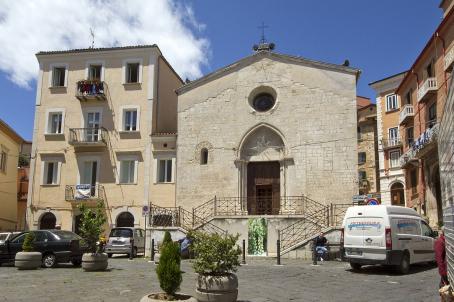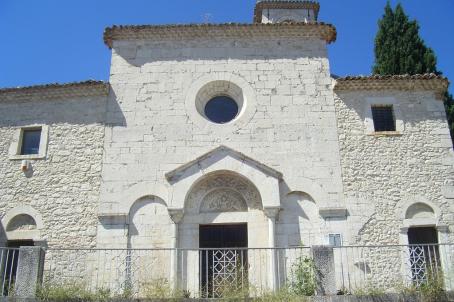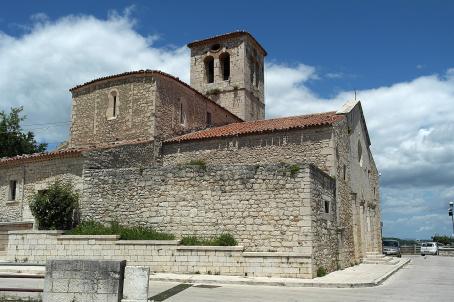Cattedrale della Santissima Trinità

The Metropolitan Cathedral of the Holy Trinity was founded in 1504. It was the seat of the Trinity brotherhood, suppressed in 1809, which became famous in the 16th century for its battles with the Crusaders. Destroyed by an earthquake in 1805, the church was rebuilt to a design by the architect Bernardino Musenga. It was reopened for worship in 1829, becoming a parish church and the seat of the collegiate chapter. In 1860, it was closed to worship and used by regular troops as a barracks. In 1900 it was reopened to the faithful and became a cathedral in 1927.





